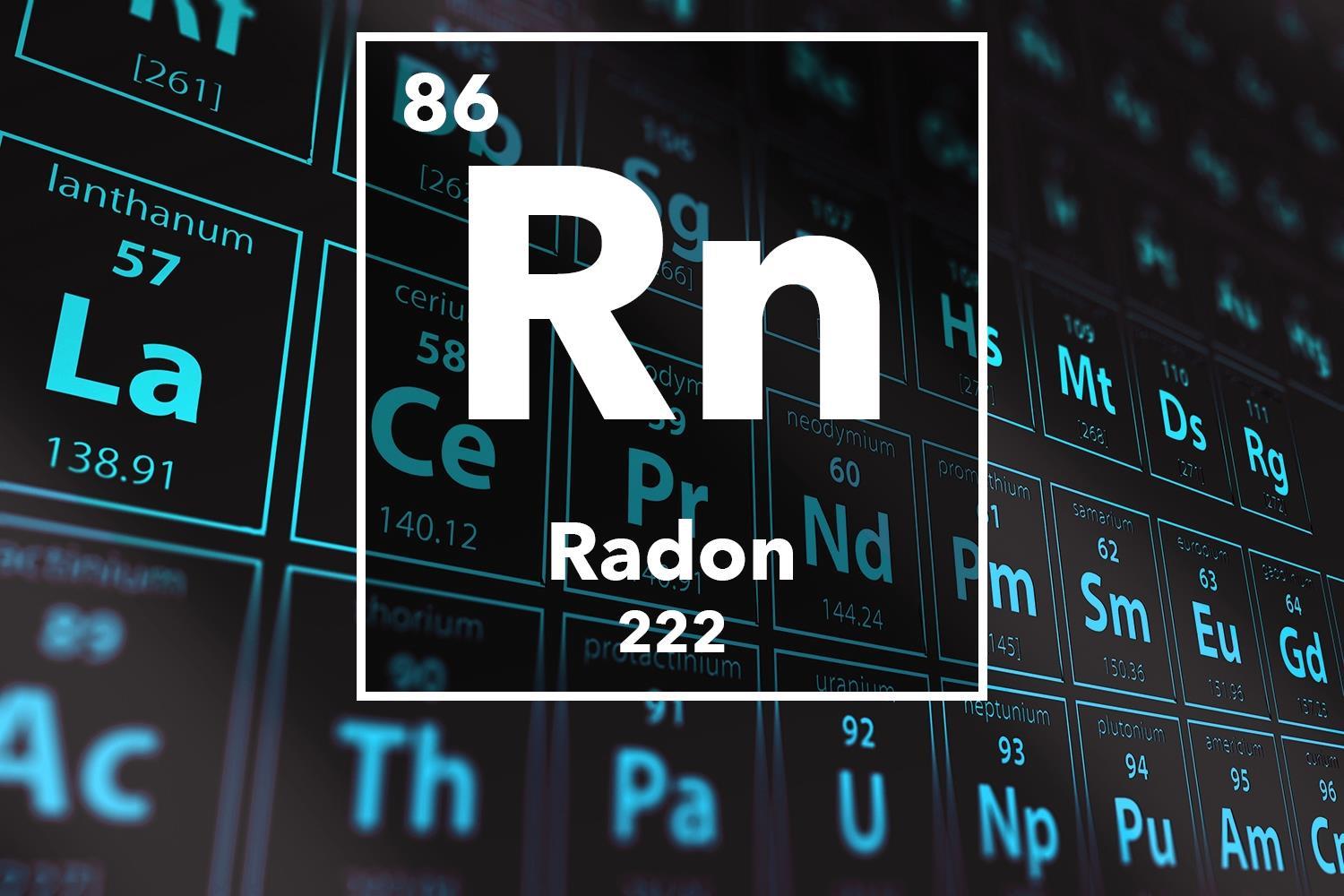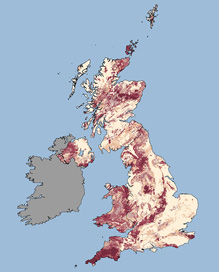Posted Date: 10th August 2023
Ever heard of radon? Within this segment, you will have a better understanding of the harmful gas and how to detect and reduce it within your premises.

The naturally occurring radioactive gas, RADON is one of the leading causes of lung cancer, which is also more likely if the person affected smokes. The tasteless, odourless, and colourless gas is more harmful than you think and should be monitored within your risk assessment reviews.
The Public Health England (PHE) recommend a five-point plan for employers who have premises in radon Affected Areas: -
Measurements- test for radon on ground floor and occupied basement areas of the premises
Surveillance- Continue monitoring until remedial action is complete.
Risk assessment- set priorities for action based on radon levels.
Mitigation- ensure that remedial action is completed within 6 months.
Maintenance- Ensure that periodic testing and routine checks take place.
Take a look at this thematic map created by Public Health England which helpfully identifies how much radon is affecting your area
https://www.ukradon.org/information/ukmaps

As estimated by the WHO (World Health Organisation) radon causes between 3% to 14% of all lung cancers in a country, depending on the national radon level and smoking habits. The gas is found everywhere, seeping up and into buildings as time passes. It is formed by the radioactive decay of small amounts of uranium that occur in rocks and soil.
Their concentration levels are higher indoors and in areas with minimal ventilation such as basements, water treatment plants and living spaces in contact with the ground. However, radon concentration can also be found above the ground floor. Given the easily transmittable properties to radon, occupants of such buildings could unknowingly be living or working in very high radon induced environments.
Under the Management of Health and Safety at Work Regulations 1999, employers are required to identify hazards, radon should be considered as a hazard.
If your business premises shows as being in an affected area, some common ways of reducing radon levels include:
- increasing under-floor ventilation
- installing a radon sump system in the basement or under a solid floor
- avoiding the passage of radon from the basement into living spaces
- sealing floors and walls; and
- improving the ventilation of the building, especially in the context of energy conservation.
A radon detector can be purchased for a small fee through https://www.ukradon.org/services/orderworkplace the small circular instrument is to be placed in the workplace environment for 3 months. The results are then be posted off and a report will be sent to your business. To find out more information on the number of tests required for premises please find further information on https://www.ukradon.org/information/workplace.
If you require any further information on this, please contact gemma@safewiseuk.com
